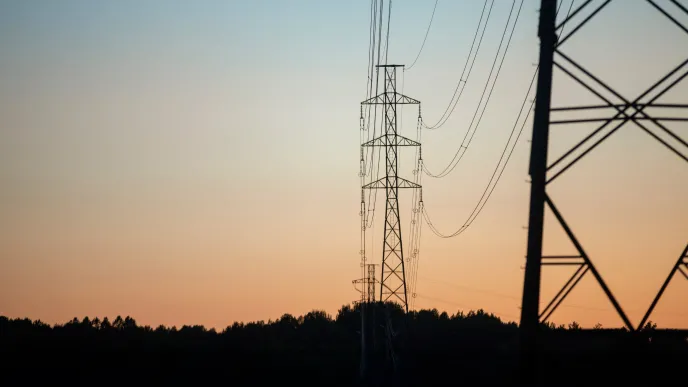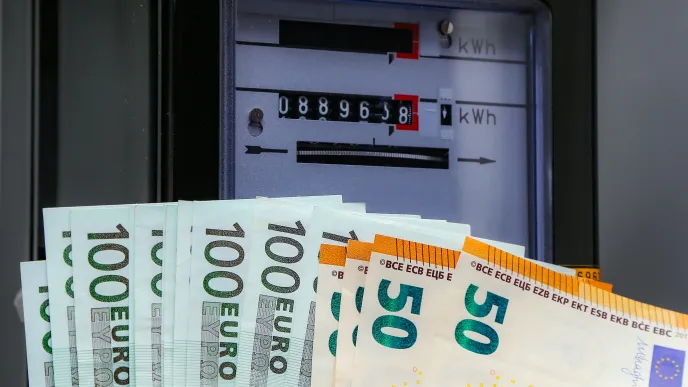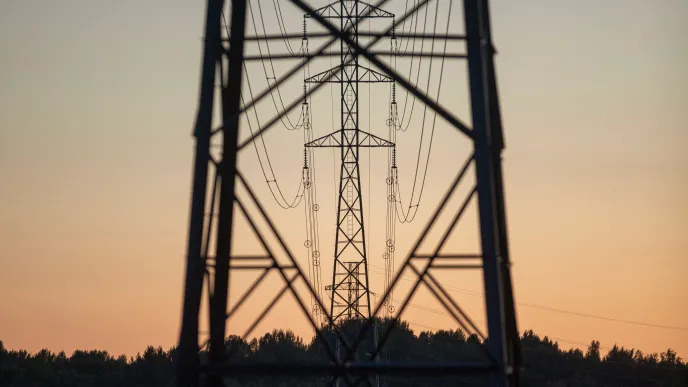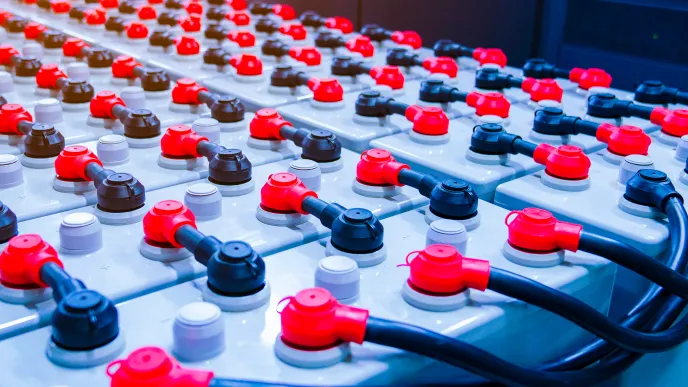The standardised frequency of the electric power system is 50 Hertz (Hz), which is reached when generation equals consumption. The frequency typically ranges between 49.9 and 50.1 Hz. Balance is sought in advance through different electricity market mechanisms. Electricity market prices steer the production and consumption decisions of electricity market actors.
Electricity market actors are required to forecast their production and consumption. Regardless of how carefully they plan using historical data, weather forecasts, and machine learning methods, imbalances are unavoidable between production and consumption. Fingrid, Finland's transmission system operator, is responsible for maintaining the real-time power balance of the national power system to prevent distribution disruptions and avoid damage to equipment connected to the power grid.
Prepared for consumption peaks and disruptions
Fingrid maintains a variety of reserve markets which can be rapidly harnessed for electricity production to balance out momentary consumption peaks or power shortages. Electricity producers can sell their surplus on the reserve markets and gain financially from helping balance the power system.
The Finnish Energy Authority oversees the operation of electricity markets and defines how much reserve capacity is needed in case of crises or disruptions. The Energy Authority publishes an annual report on electricity and natural gas markets, dealing with the state of the power system.
LUT University provides research-based information on energy
- LUT is a leading university in energy research. Every other year, it publishes a report called the LUT Energy Outlook. The first one was published in 2022 and the second one in 2024.
- The LUT Energy Outlook is based on scientific research and provides reliable information on the state and development trends of the energy system. In addition, the report describes different energy production methods.
- The authors of the report are energy system researchers at LUT University.
- The LUT Energy Outlook is targeted for experts and decision-makers as well as regular citizens.
Subscribe to our Curious People newsletter
Clean energy, water and air are life-giving resources for which we seek new solutions with our expertise in technology, business and social sciences. By subscribing to our newsletter, you stay up-to-date on our latest research and other interesting news.
New solutions for maintaining balance
The power system was not originally designed for energy storage. Instead, electricity generation has been based on real-time demand. Balance has been secured with hydropower and other forms of quickly dispatchable generation – even fossil ones.
In recent years, the shares of renewable energy and especially affordable but weather-dependent wind power have grown considerably. Meanwhile, the energy transition has led to the decline of more traditional forms of balancing power generation. In Finland, the most critical time in terms of electricity supply are the winter months, when consumption is high especially due to the need for heating, and wind power generation may fluctuate dramatically.
Professor Jukka Lassila from LUT University says that the range of tools for addressing the matter should include both traditional and new solutions, such as flexible production and consumption, energy storages, and stronger cross-border transmission connections.
LUT University also conducts research on different forms of sector integration, where energy could be transmitted between different energy sectors (electricity, heat, gas, and transportation), thus balancing out brief fluctuations of generation and consumption.
Wind power can be balanced by distributing generation geographically, because wind conditions vary across regions. According to Lassila, geographic distribution also prevents bottlenecks in the electricity grid, meaning situations where the transmission capacity is insufficient for regional consumption and supply.
More information:









